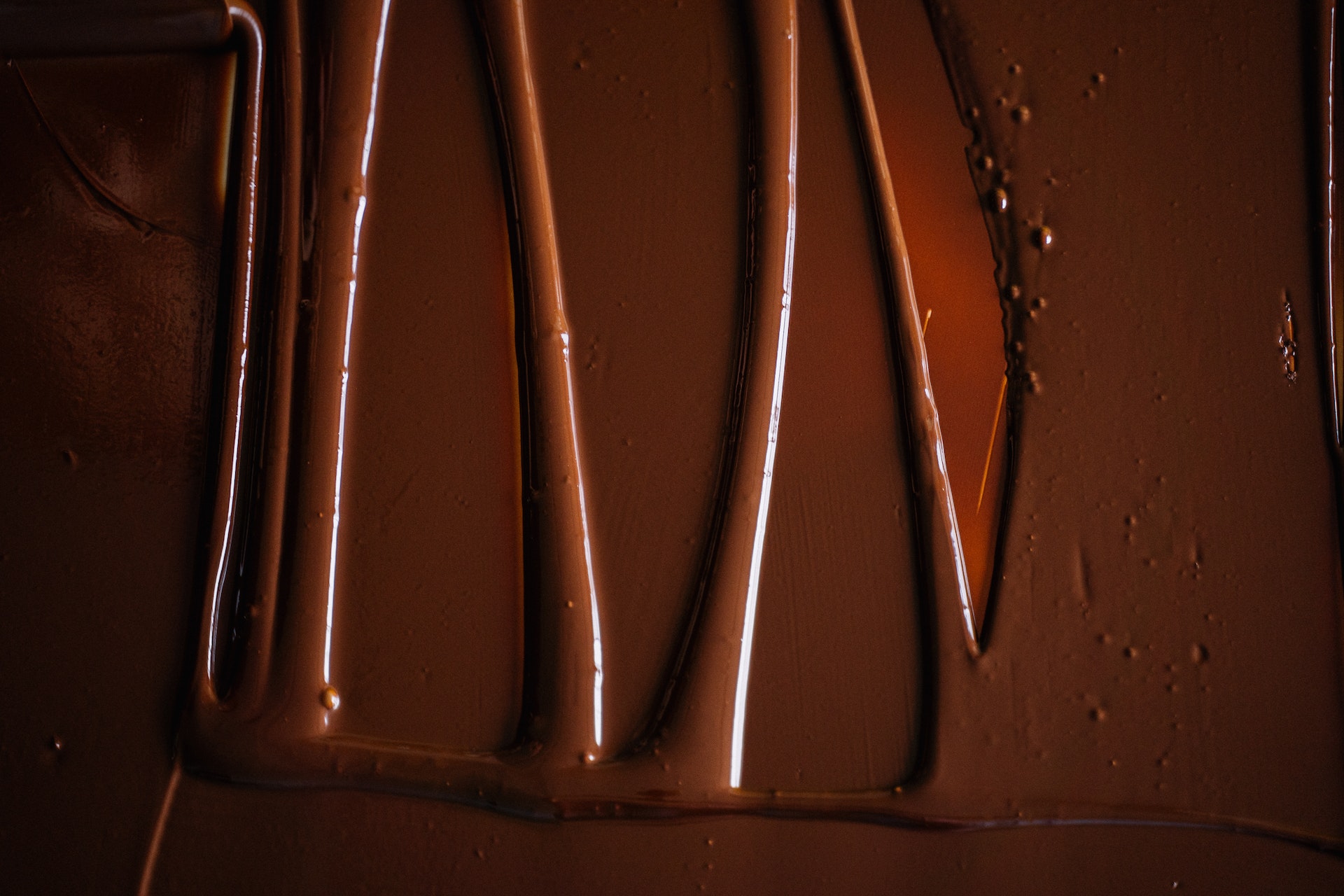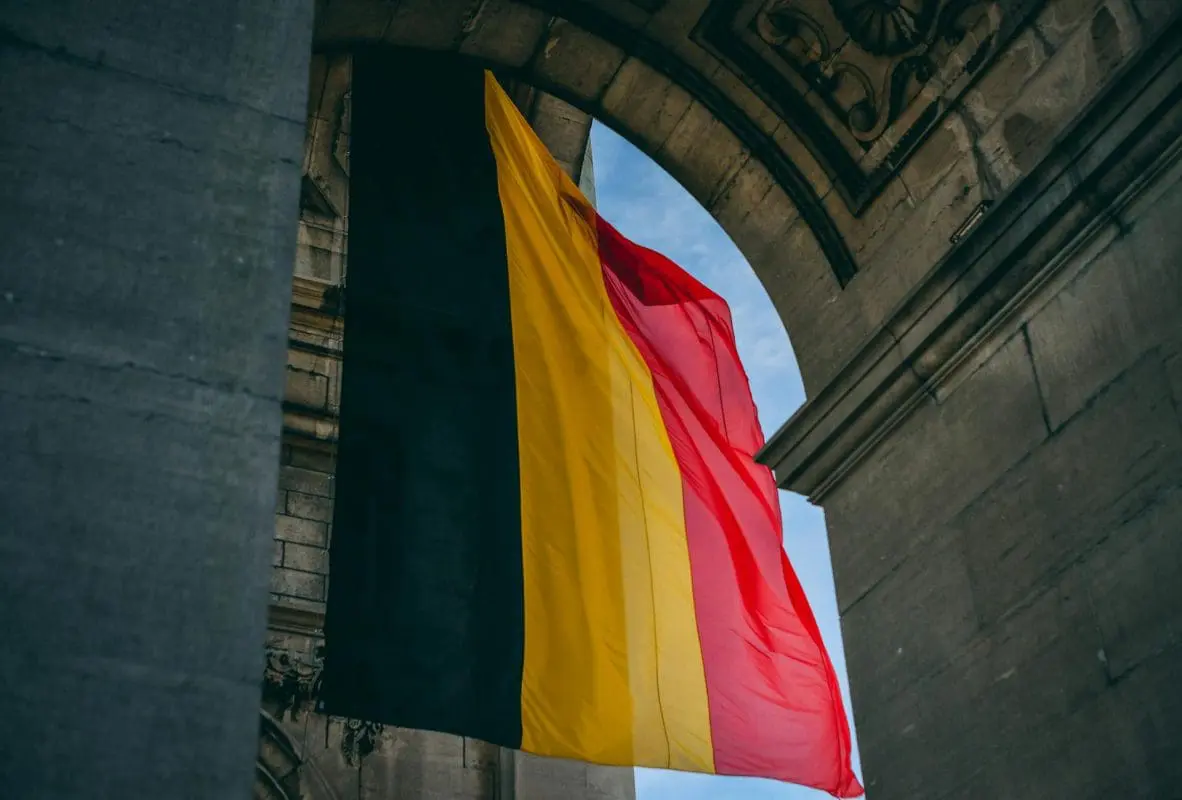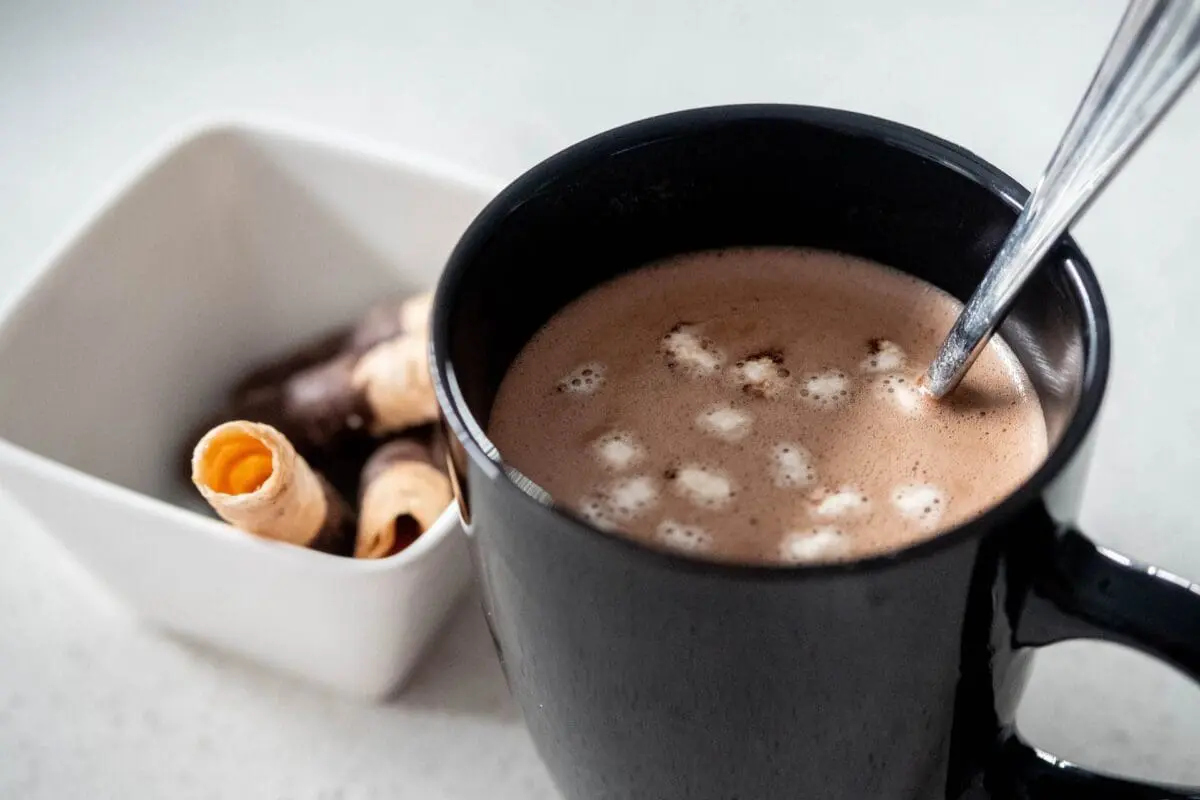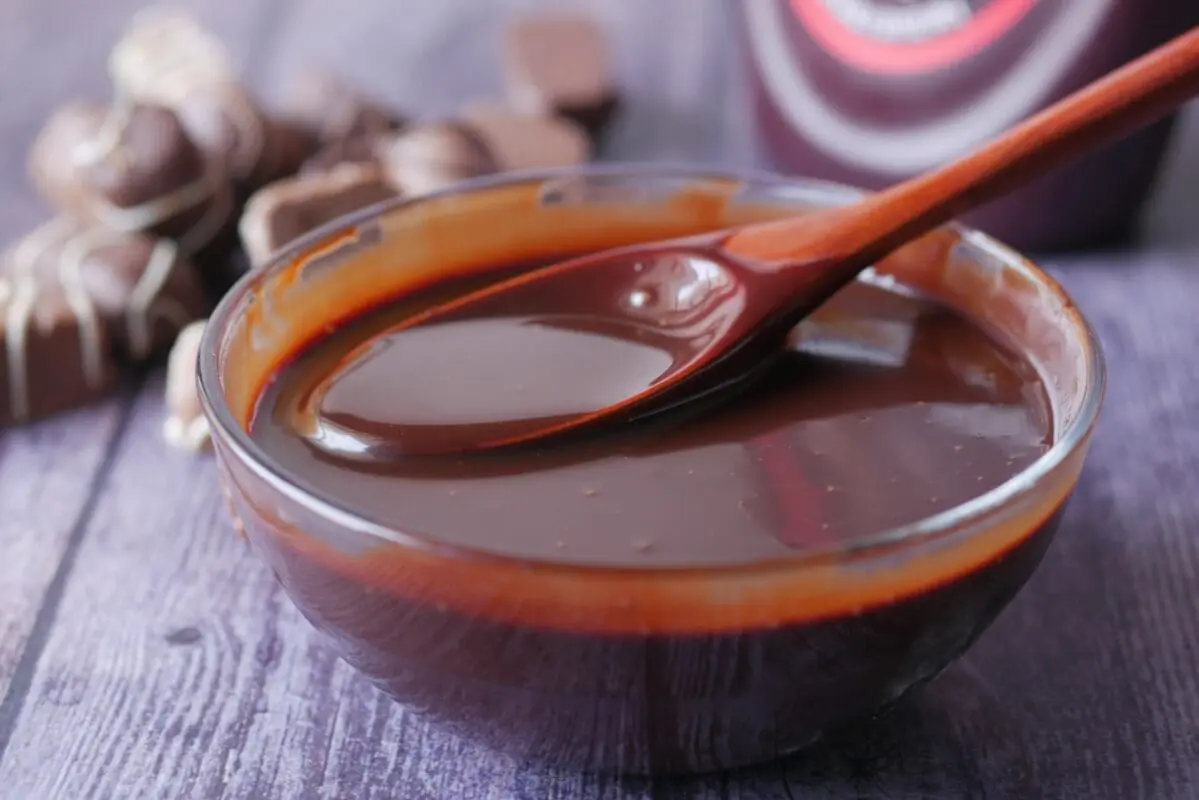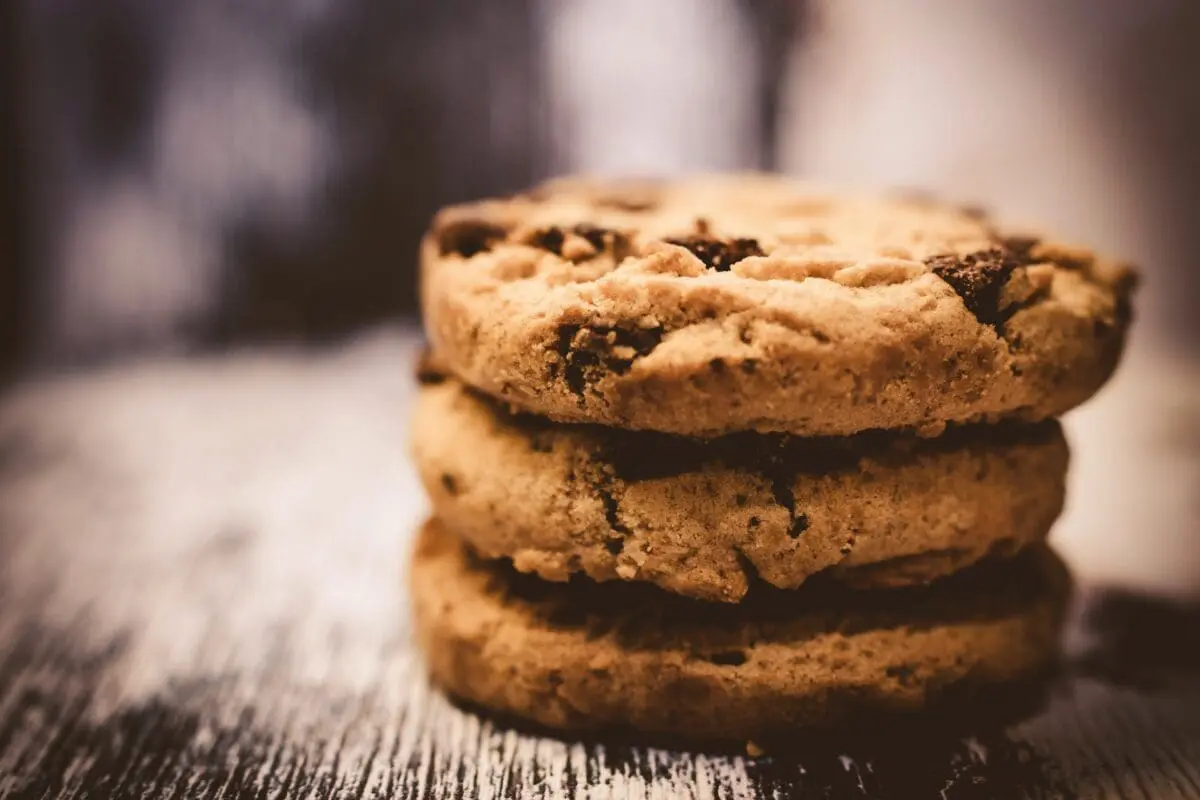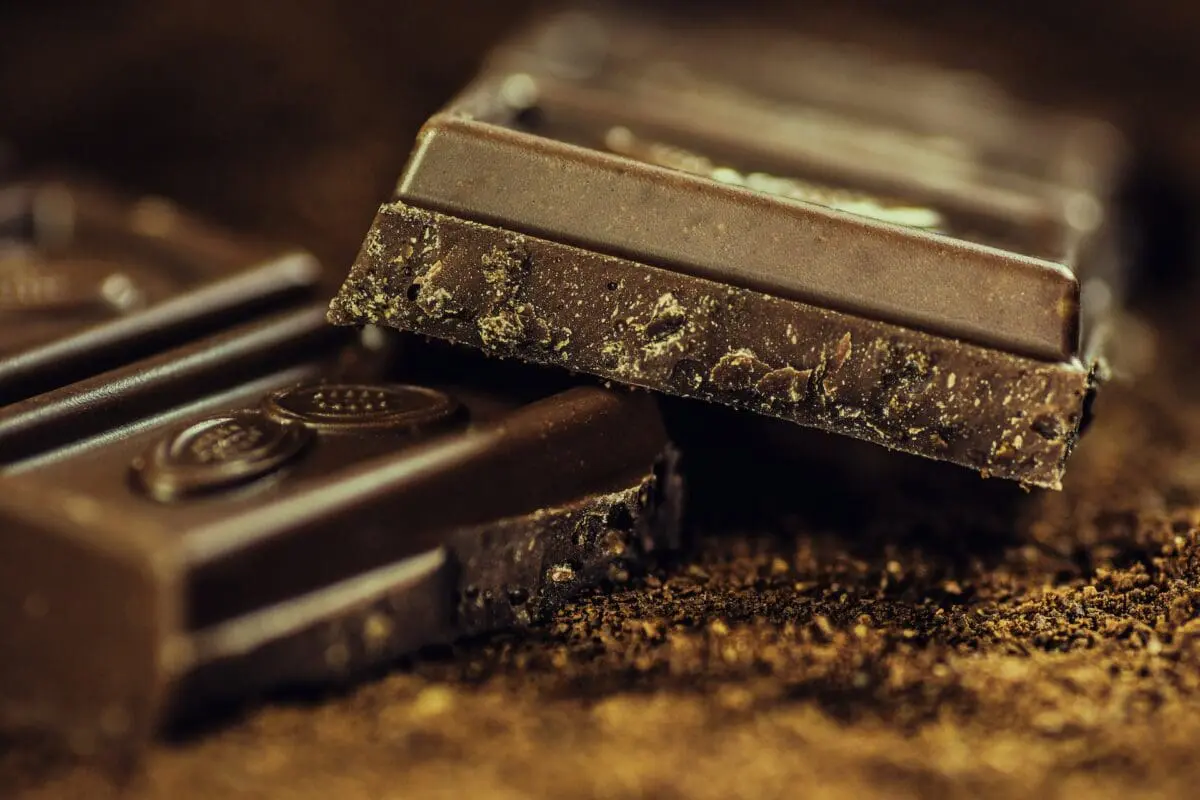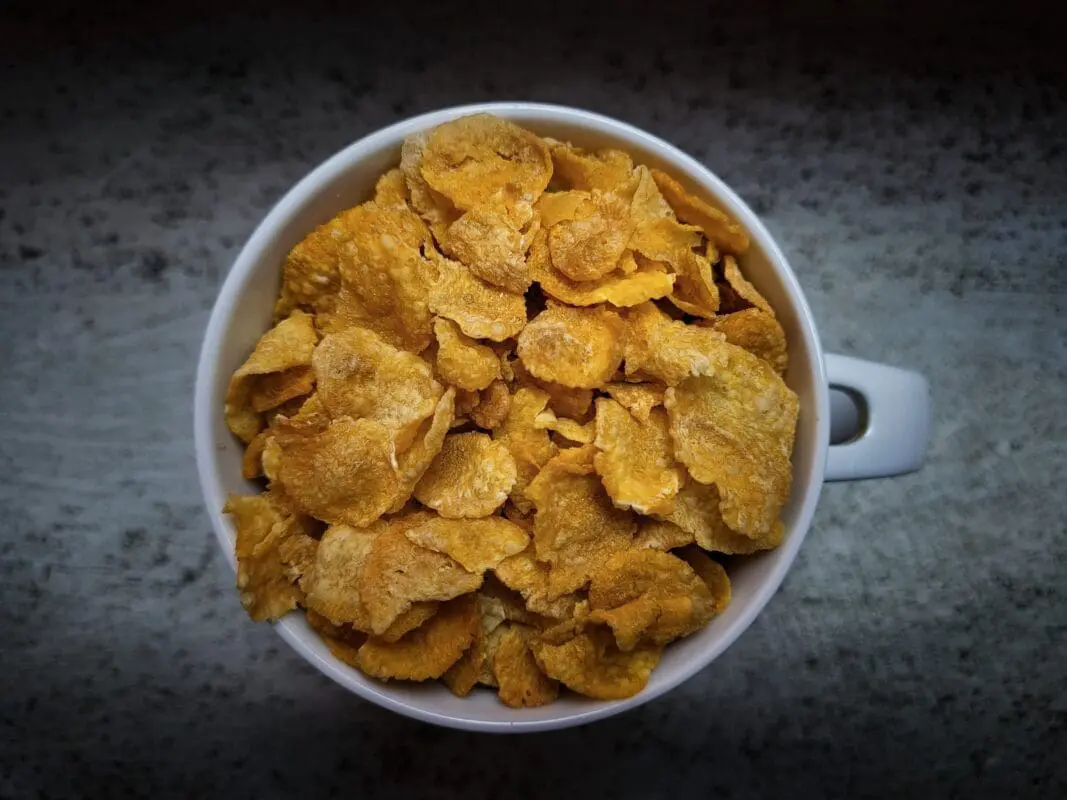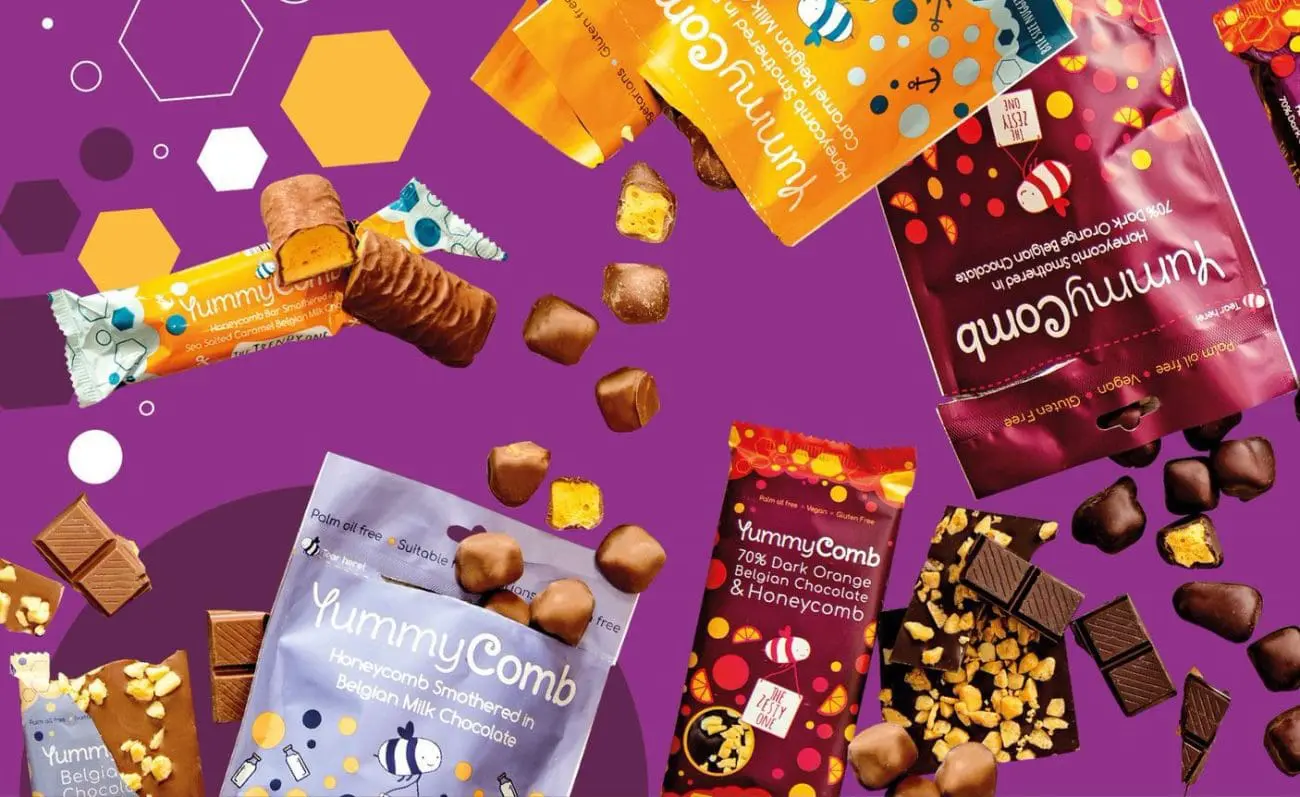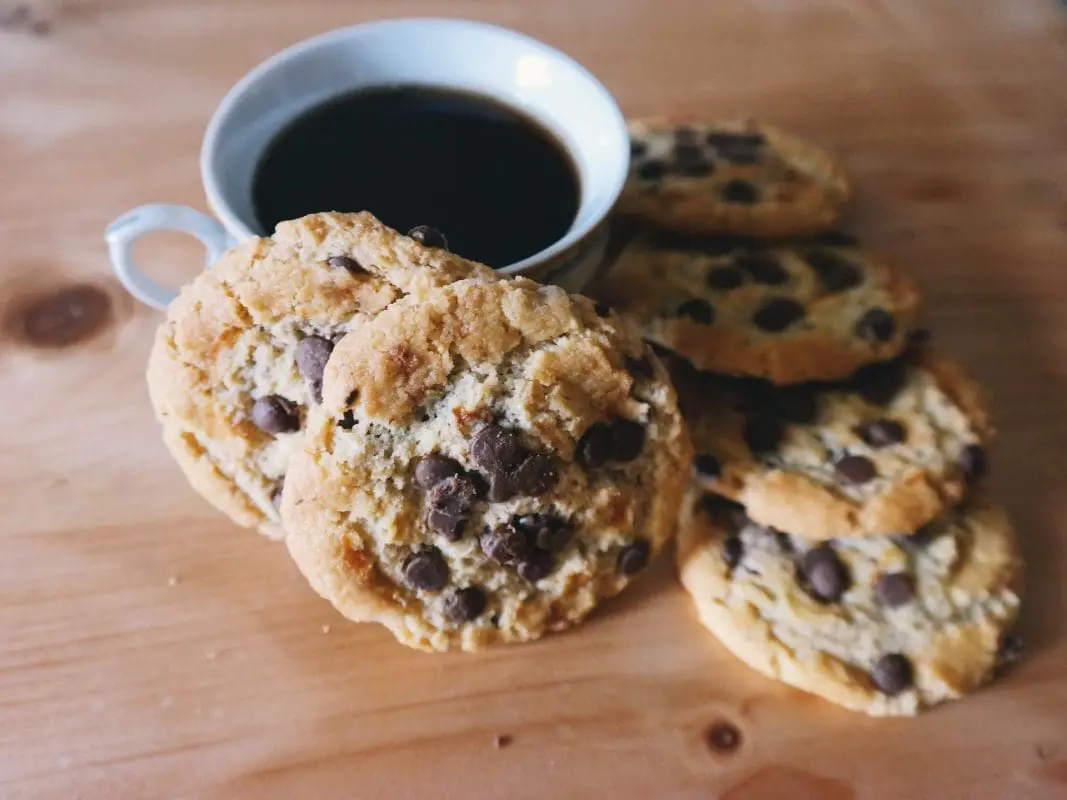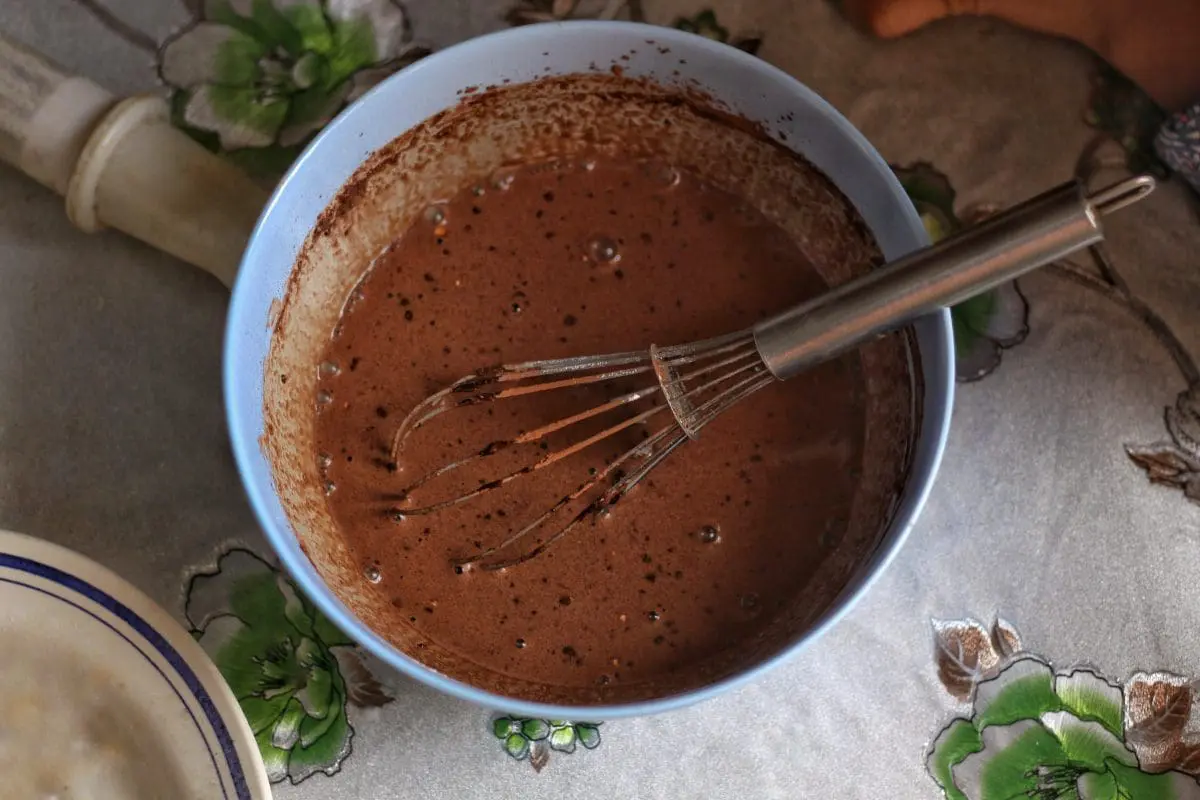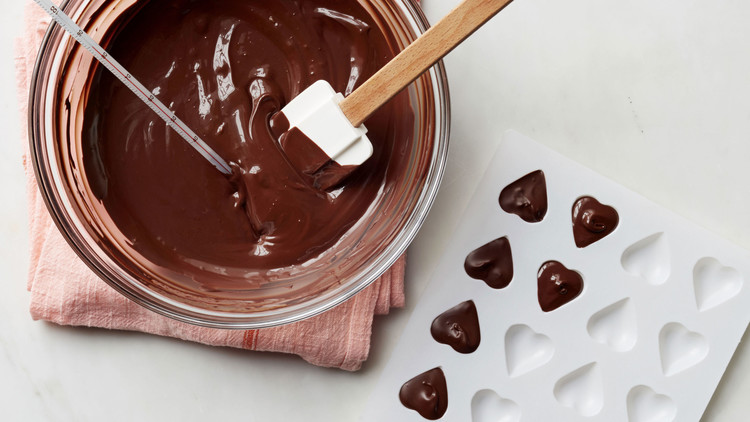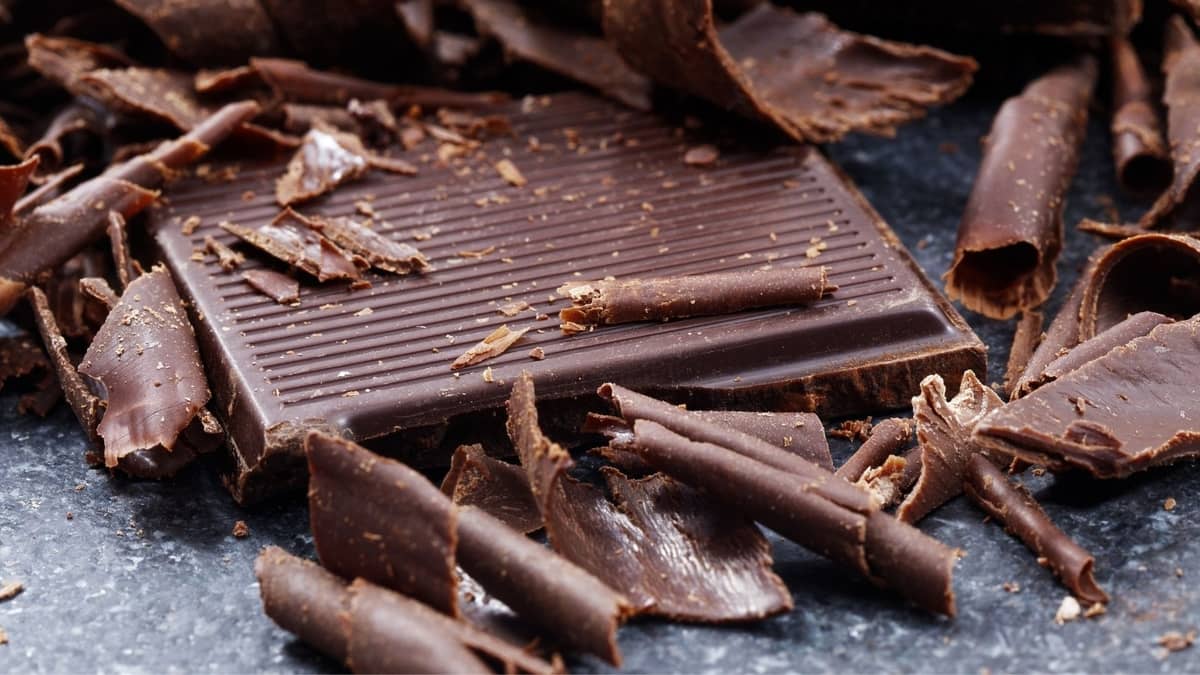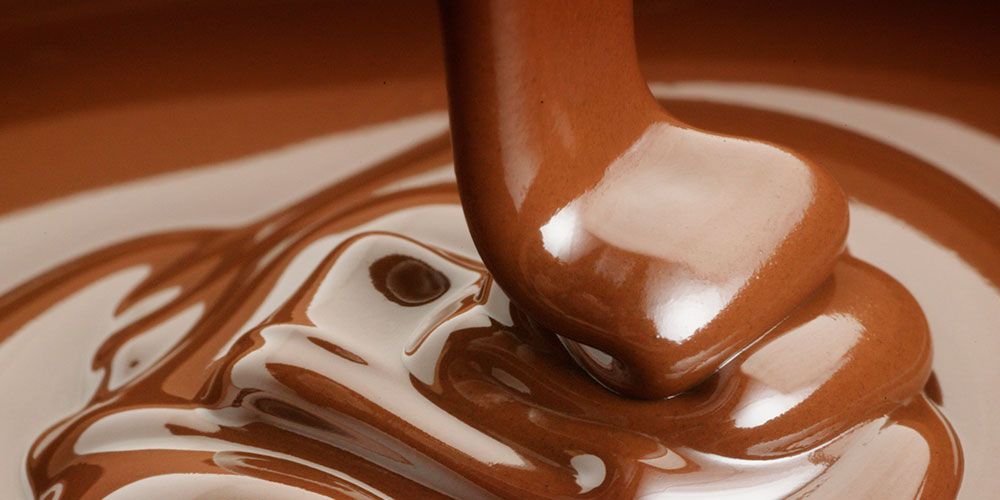Caffeine Content In Chocolate
Chocolate, with its rich and indulgent flavour, is a beloved treat for many – but how much caffeine is in chocolate? It comes in various forms, from dark and milk chocolate bars to cocoa powder used in baking. While chocolate is famous for its delightful taste and mood-lifting properties, it also contains a stimulant called caffeine. In this comprehensive exploration, we’ll dive deeper into the intriguing world of chocolate and its caffeine content, dispelling common myths and providing valuable insights.
Chocolate, a delectable delight, is frequently linked with providing a boost of energy or a mood lift. It originates from the seeds nestled within the cacao fruit, which thrives in regions near the equator. These seeds, commonly known as cocoa beans, undergo a series of steps in the chocolate-making process: they’re extracted from their shells, fermented, dried, and ultimately liquefied.
In addition to a small amount of caffeine, chocolate harbours other compounds that have the potential to enhance mood and energy levels for some individuals. Moreover, commercially available chocolate products often incorporate supplementary ingredients like sugar, vanilla, and lecithin, further augmenting their taste and texture.
Understanding Caffeine: A Brief Overview
Before delving into the specifics of chocolate, it’s essential to understand caffeine. Caffeine is a natural stimulant belonging to a class of compounds known as xanthines. It’s found in a variety of plants, such as coffee beans, tea leaves, and cocoa beans, which are used to make chocolate.
Caffeine And Its Effects
Caffeine works by blocking adenosine receptors in the brain, temporarily preventing the calming effects that adenosine typically produces. This leads to increased alertness, improved focus, and reduced fatigue. However, consuming large amounts of caffeine can lead to restlessness, anxiety, and in some cases, sleep disturbances.
Caffeine Content in Chocolate: The Breakdown
The caffeine content in chocolate varies depending on the type and the specific preparation method. Here’s a detailed breakdown of the approximate caffeine content in different chocolate products:
- Dark Chocolate: Dark chocolate contains the highest amount of cocoa solids among all chocolate types. Consequently, it also has the highest caffeination content. On average, an ounce (28 grams) of dark chocolate contains about 12 milligrams of caffeine. However, this can vary based on the cocoa content, with higher percentages of cocoa generally containing more caffeine.
- Milk Chocolate: Milk chocolate contains fewer cocoa solids than dark chocolate, which means it has lower levels of caffeine. One ounce of milk chocolate typically contains around 6 milligrams of caffeine.
- White Chocolate: White chocolate is unique because it doesn’t contain cocoa solids. Instead, it’s made from cocoa butter, sugar, and milk solids. As a result, white chocolate is caffeine-free.
- Cocoa Powder: Unsweetened cocoa powder, which is used in baking, contains a higher concentration of cocoa solids and therefore more caffeine. On average, a tablespoon of unsweetened cocoa powder contains about 12 milligrams of caffeine.
- Chocolate Flavoured Products: Items like chocolate flavored ice cream, yogurt, or candy bars may contain small amounts of cocoa but are not significant sources of caffeine.
Considerations for Caffeine Sensitivity
Individuals vary in their sensitivity to caffeine. Some people may feel the effects of caffeine more strongly than others. It’s crucial to be mindful of your own tolerance and adjust your chocolate consumption accordingly.
The Pleasure of Moderation: Navigating Chocolate Consumption
Moderation is key when it comes to consuming chocolate, especially if you’re sensitive to caffeine. Understanding the caffeine content in chocolate allows you to savor this beloved treat while being mindful of its potential effects on your body. So go ahead, indulge in that piece of dark chocolate, and relish its rich flavour, knowing you’re also getting a gentle boost of caffeine!
Conclusion: How Much Caffeine Is In Chocolate?
In conclusion, chocolate is a delightful treat that brings joy to people of all ages. While it contains caffeine, the levels vary depending on the type and preparation. Dark chocolate leads in caffeine content, followed by milk chocolate, while white chocolate and chocolate flavoured products are either caffeine-free or contain negligible amounts. Armed with this knowledge, you can approach chocolate consumption with a newfound awareness, enhancing your overall chocolate experience. So, savour that square, bake those brownies, and enjoy the multifaceted world of chocolate!

